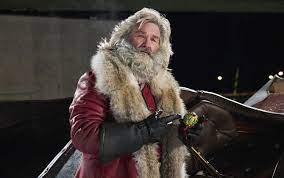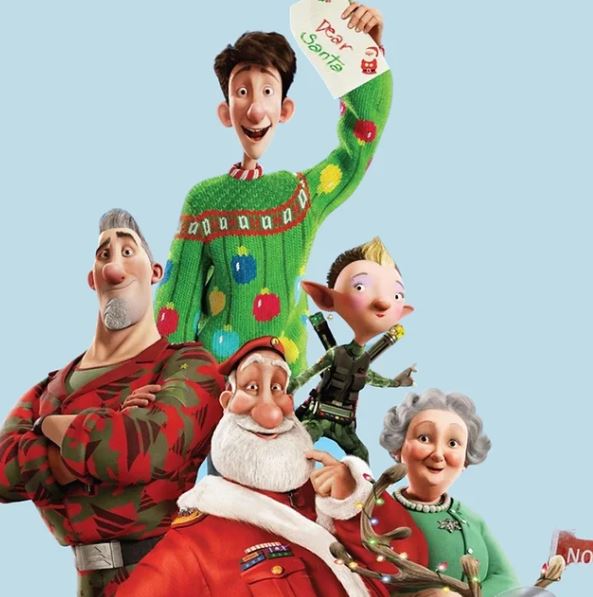Since the 19th century, many representations of Father Christmas (more commonly known as Santa) have been showed in movies, books and advertisements. Examples include: Elf, the children’s book ‘Dear Santa’, and Coca Cola advertisements.
Internationally, the representation of Santa varies from place to place. Of course, there are some commonalities but still many different depictions of his appearance, characteristics and defining features.
The question is: who actually is he and which Santa is the real Santa?

The Origin of Santa
Santa is said to be a legendary figure that originated in Western Christian culture, but is there anything more to it?
Well, the story of Santa can actually be traced back to thousands of years ago starting with a Christian bishop called Nicholas. He was known for being generous and gifting to the poor and had been very religious from an early age.
In some of his earlier stories, it is said that he has managed to calm a sea, save 3 wrongfully accused soldiers from execution and also chopping down a tree supposedly possessed by a demon.
However, early accounts of his life were written centuries after he died. In 1087, a group of Italian merchants actually removed the major bones from Saint Nicholas’ sarcophagus without being permitted to and took them back to their hometown where they are now preserved in Basilica di San Nicola.

Father Christmas
Yet, Saint Nicholas is not the only one who had an influence on the making of Santa.
As previously stated, Santa is also known as Father Christmas. But did you know Father Christmas dates far back to the 16th century?
In England during the reign of Henry VIII, he was depicted as a large man who wore either green or scarlet robes which were lined with fur. He represented the spirit of good cheer at Christmas and brings joy, good food, peace, revelry and wine. The celebration for Father Christmas was moved to coexist with Christmas day. The name Father Christmas came as a personification of the merriment of Christmas.

Sinterklass
In Belgium and also the Netherlands, the character of Father Christmas competes with their own character of Sinterklass as many children all over the world know Santa where as children from these countries know Sinterklass.
The depiction of Sinterklass is based on Saint Nicholas and remains the main gift-giver of December for Dutch children.
Just as Santa has assistants called elves, Sinterklass has assistants that are called ‘Pieten’ or ‘Zwarte Pieten’ which translates into English as ‘Black Pete’ so they aren’t considered elves.


Santa in movies
In certain movies, Santa is portrayed as a big jolly man who wears a lot of red and has a large white beard.
In the Christmas Chronicles (a Netflix movie about 2 siblings who manage to work their way into Santa’s office) Santa is portrayed as a tall middle-aged man with a grey beard and long hair. He has a rebelious attitude and is always ending up in dangerous situations.
But in the movie Arthur Christmas (a movie about a clumsy boy named Arthur trying to get a present delivered to a little girl before Christmas) Santa is portrayed as a balding military type of man with a large white beard and has a goodhearted attitude.
Coca Cola’s Influence
There were many different depictions of Santa Claus. In 1931 the company began to post advertisements about Santa delivering presents to children. They wanted to show Santa as a jolly old man.
So, to clarify, Coca Cola did not make Santa but they played a big roll in shaping his image.
As it seems, the portrayals of Santa that we have covered have all taken some influence from the Christian bishop, Saint Nicholas.
So, to answer the question we asked before: ‘Which Santa is the real Santa?’
It’s all of them!
Although Saint Nicholas seems to be the main origin for this childhood legend, they are all real Santas to certain people around the world.
Written by Nimi Adeleke and Evelyna Adeyinka